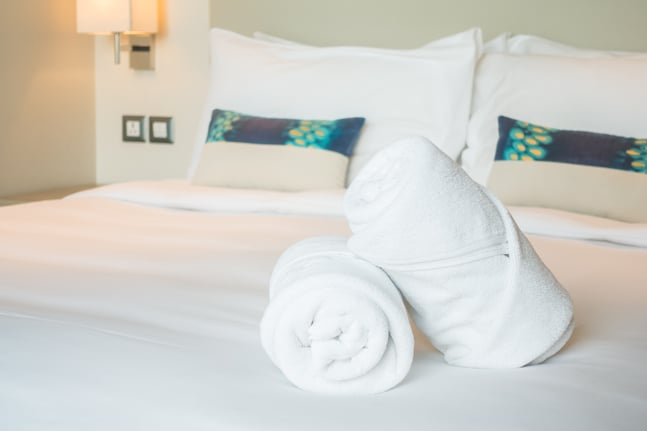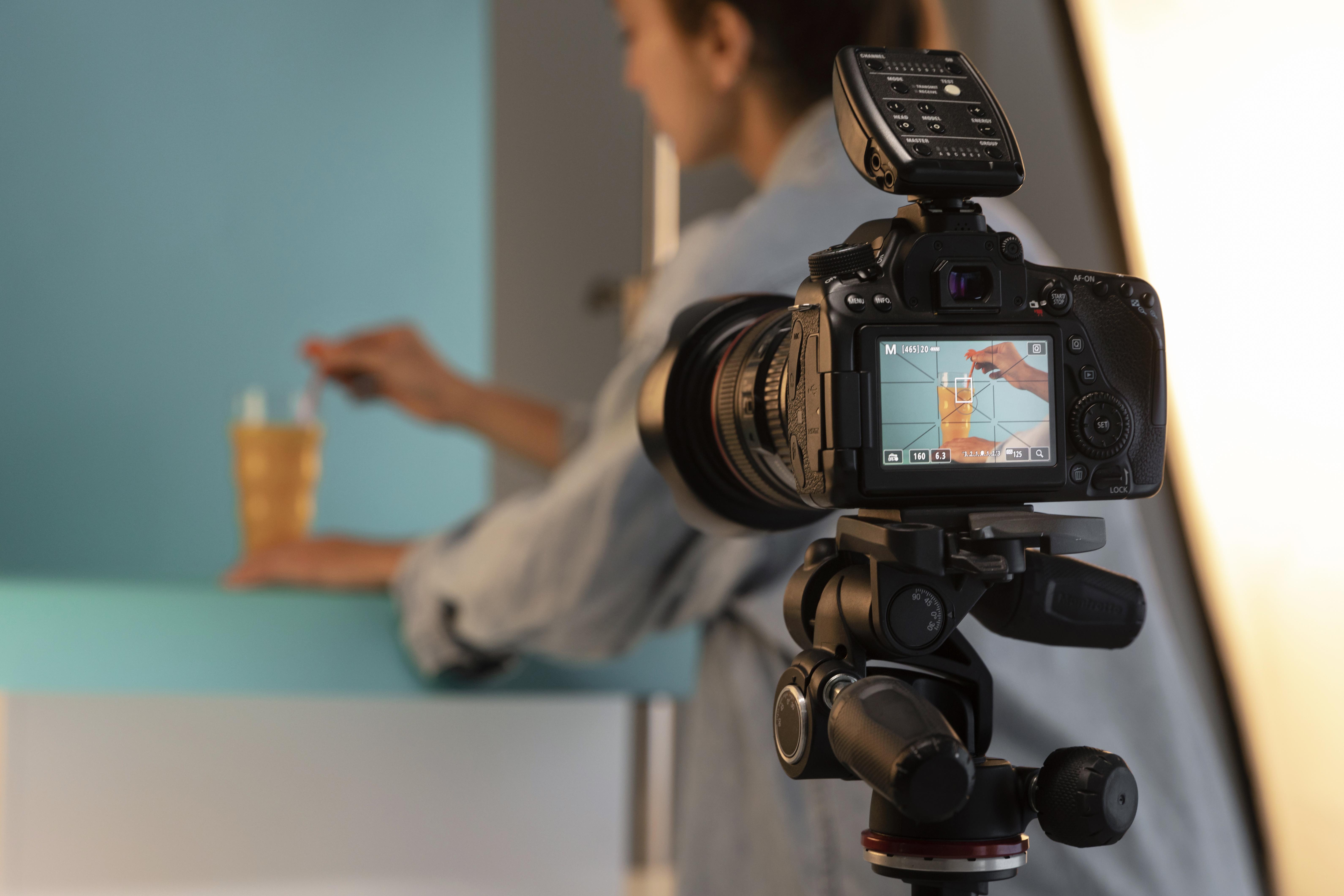In the realm of visual storytelling, interior photography holds a place of distinction. It's not just about capturing spaces; it's about conveying the essence of an environment, its mood, and its architectural beauty. This is particularly crucial in the hospitality industry, where the allure of hotel interiors can significantly influence a guest's decision to book. At A2Z Media, we understand the importance of showcasing interiors in their best light. Thus, we're diving into the best camera settings for interior photography, ensuring every click resonates with your target audience.
1. Understanding the Basics
Key Camera Settings:
- ISO: Keep it as low as possible to avoid noise. ISO 100 is ideal for most indoor conditions.
- Aperture: A wider aperture (e.g., f/8-f/11) ensures sharpness across your scene.
- Shutter Speed: Adjust according to your light source. For dimly lit interiors, a slower shutter speed captures more light but may require a tripod for stability.
- White Balance: Proper white balance prevents unnatural color casts. Adjust based on lighting conditions or use presets as a starting point.
2. Lighting and Composition
Harnessing Natural Light:
- Time of Day: Shoot during the golden hours for a warm, natural glow.
- Window Use: Utilize windows not just for light but as a compositional element to guide the viewer's eye.
Composition Techniques:
- Rule of Thirds: Place key elements along the lines or intersections for a balanced composition.
- Leading Lines: Use architectural features to lead the eye deeper into the photograph.
3. Specializing in Hospitality
Capturing the Essence of Hospitality:
- Focus on Atmosphere: Convey the unique ambiance of hotel spaces, from the grandeur of lobbies to the comfort of rooms.
- Detail Shots: Highlight amenities and decor that set the hotel apart, such as luxurious bedding or custom art pieces.
Incorporating Food Photography:
- Food Photography Setup: Showcase the hotel's cuisine with a proper setup. Use natural light and reflectors to highlight the textures and colors of the food.

4. Post-Processing Tips
Enhancing Your Images:
- Color Correction: Ensure colors are true to life, especially for interior details and food presentations.
- Perspective Correction: Straighten lines to avoid distorted architectural elements, maintaining the space's integrity.
Conclusion
Interior photography, especially within the hospitality sector, is an art form that requires a keen eye for detail, an understanding of your audience, and mastery over your camera. By applying these best camera settings and techniques, you're well on your way to creating captivating images that not only showcase spaces in their best light but also tell a story that resonates with viewers.
At A2Z Media, we're dedicated to empowering our clients with the knowledge and tools to excel in their marketing endeavors, making every shot count towards building a stronger, more engaging brand.




